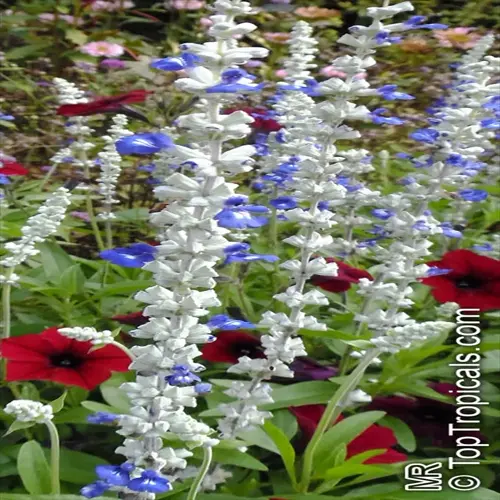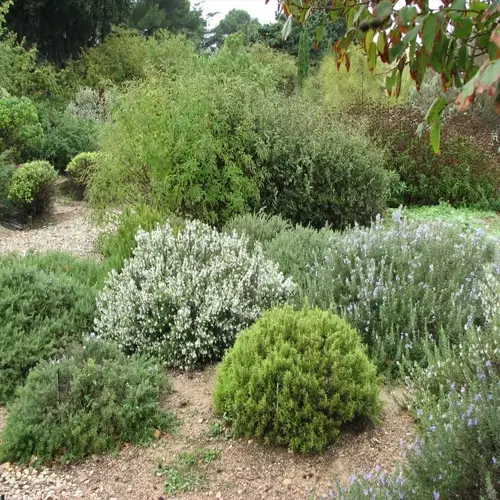Does thyme attract beneficial insects to gardens?

Written by
Tina Carter
Reviewed by
Prof. Charles Hartman, Ph.D.In gardens, thyme serves as a potent ecological ally with its ability to attract necessary pollinators, while warding off destructive pests. This perennial herb produces tiny flower blossoms that attract primarily bees and butterflies during the summer months. Since implementing borders of thyme, I've noticed enhanced levels of pollination in my vegetable beds, thus creating a more balanced ecosystem.
Pollinator Attraction
- Honeybees: Primary visitors collecting nectar during peak flowering
- Butterflies: Swallowtails and skippers feeding mid-morning
- Hoverflies: Beneficial predators controlling aphid populations
Pest Repellence
- Cabbage moths: Thymol oil disrupts egg-laying behavior
- Tomato hornworms: Volatile compounds mask host plant scents
- Slugs: Dense ground cover creates physical barriers
Companion Planting
- Cabbage family: Reduces caterpillar damage by 60%
- Tomatoes: Lowers hornworm infestations significantly
- Strawberries: Deters sap beetles and root weevils
To attract pollinators to their maximum, let your thyme flowers bloom completely. From June to August, the plants will produce a continuous supply of nectar. Try not to harvest flowers during these peak periods. I have some dedicated patches of thyme that are far enough from the harvesting area to provide continued support for pollinators.
Boosting pest control with strategic placement. Use thyme around the perimeter of a vegetable garden as a barrier. During warm days, the essential oils create repellent zones. My cabbage plants have virtually no caterpillar damage when thyme is less than 3 feet away.
Using a combination of thyme with other beneficial plants can increase habitat diversity. For example, lavender extends the bloom period, while rosemary supplements with vertical interest. Adding a dimensional planting pattern supports a greater diversity of insect species. In my thyme-lavender borders, there is a wide variety of pollinator groups flying around during the entire growing season.
Prevent pesticide contamination in the vicinity of the thyme plantings. Chemical sprays harm beneficial insects that are drawn to the flowers. Always use organic pest control methods. My reliance is only on companion planting and manually removing pests to maintain a balanced ecosystem.
Watch ecosystem health via insect activity variance: Healthy thyme patches should see bee visitation within minutes on a sunny morning. Low activity indicates issues in the environment requiring intervention. My garden's overall biodiversity improved markedly after integrating thyme across the entire landscape.
Read the full article: How to Grow Thyme: Ultimate Beginner's Guide

